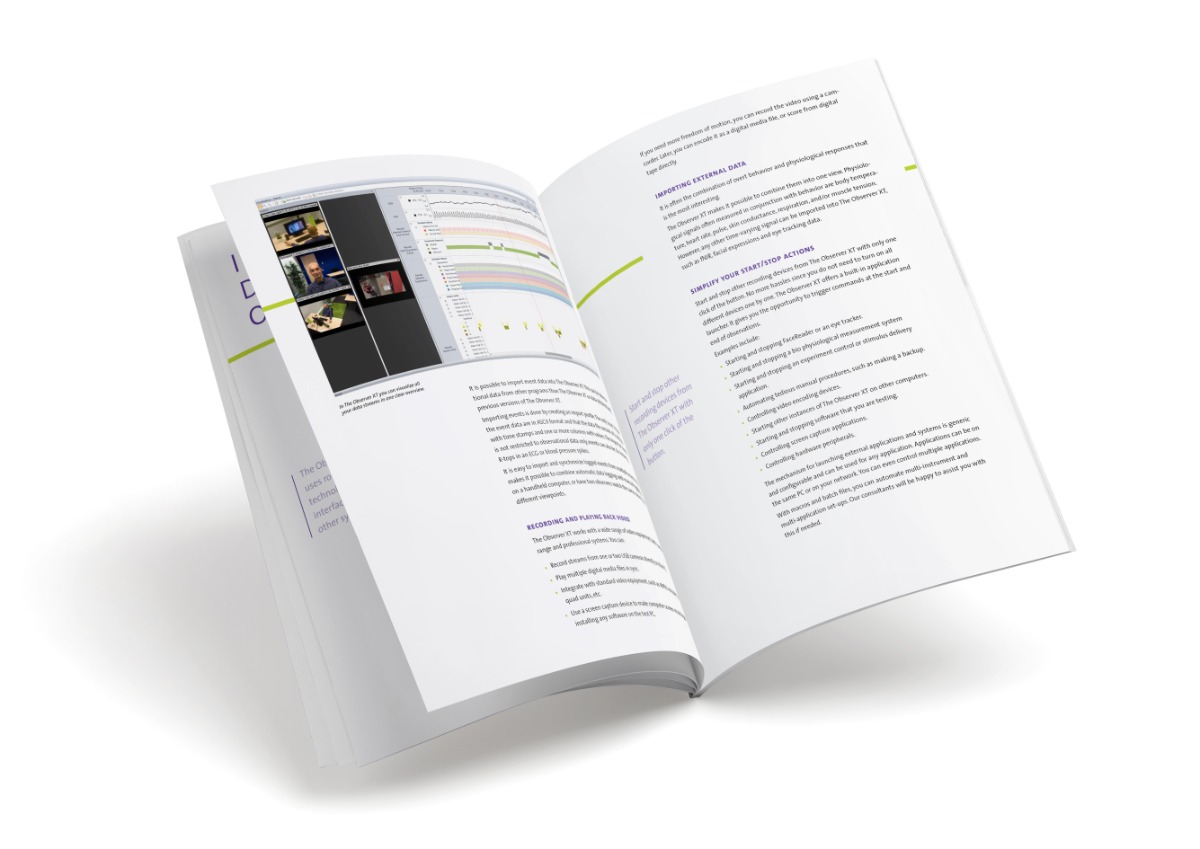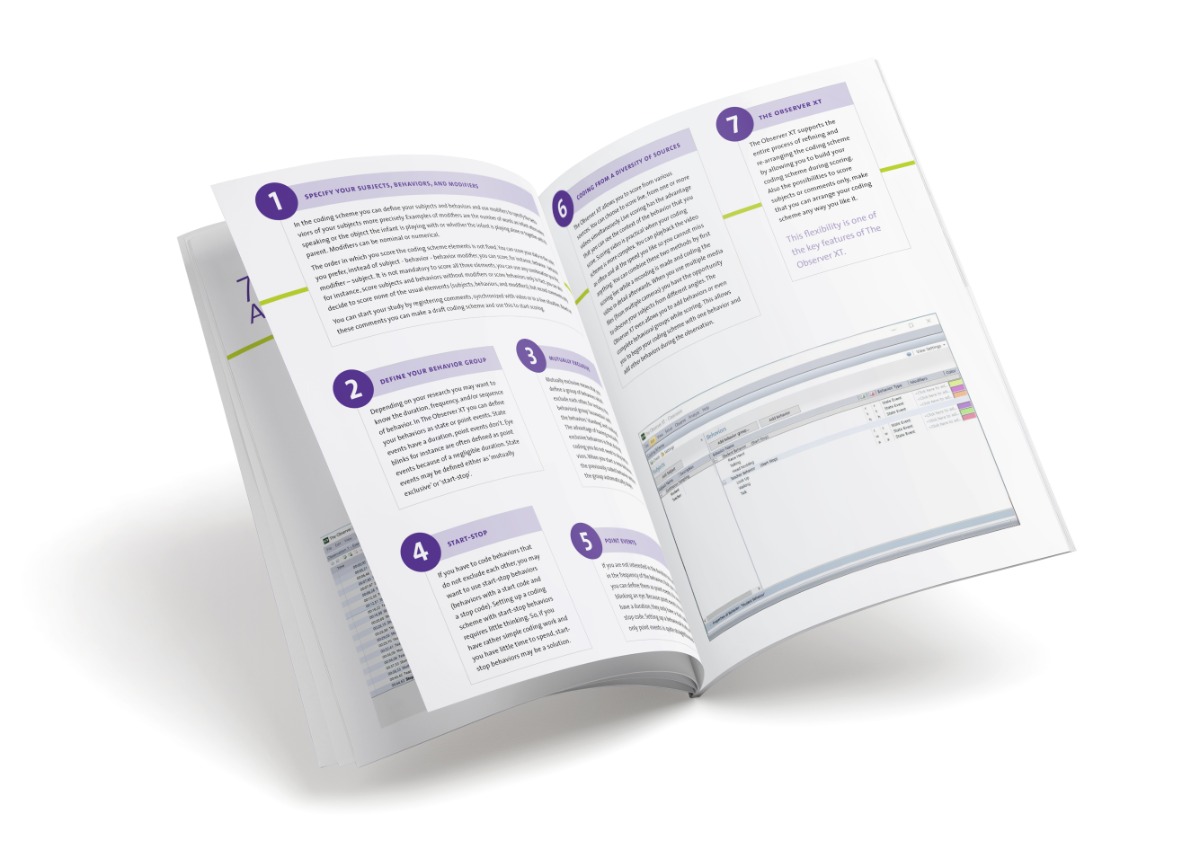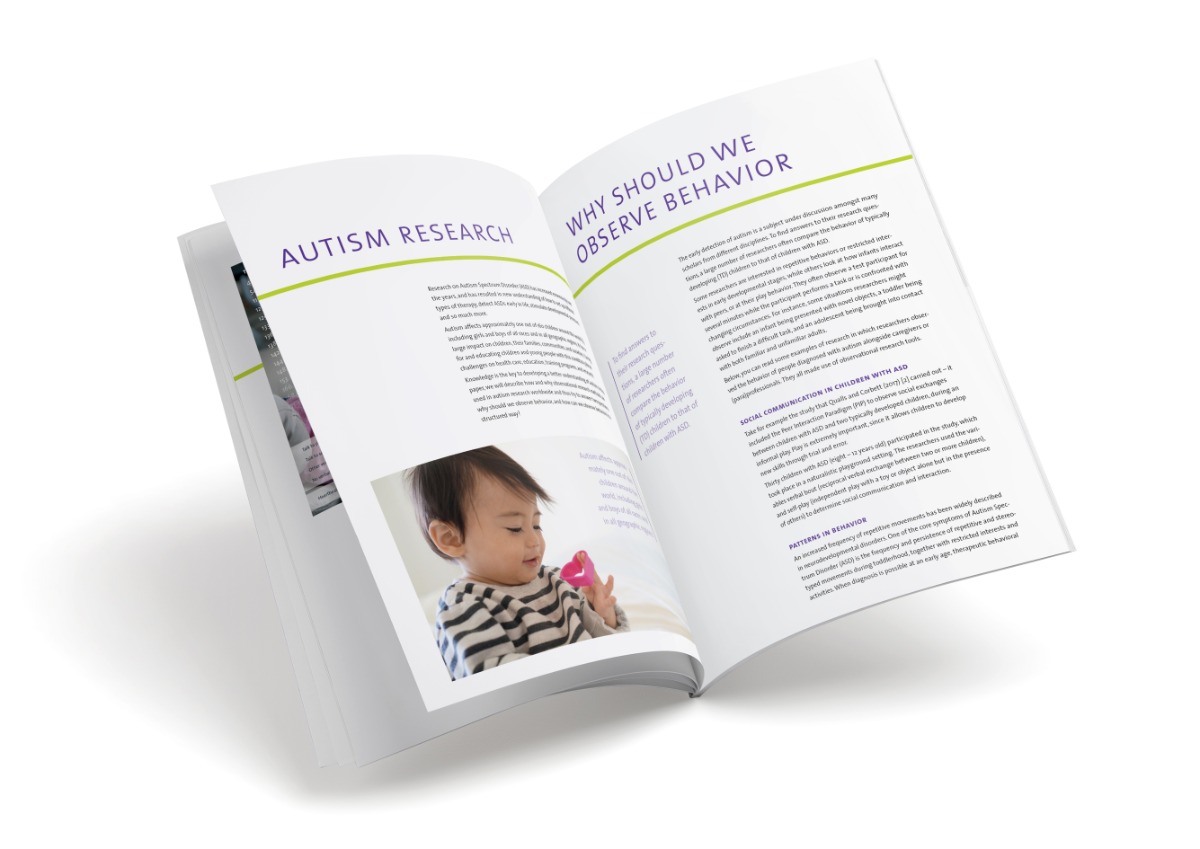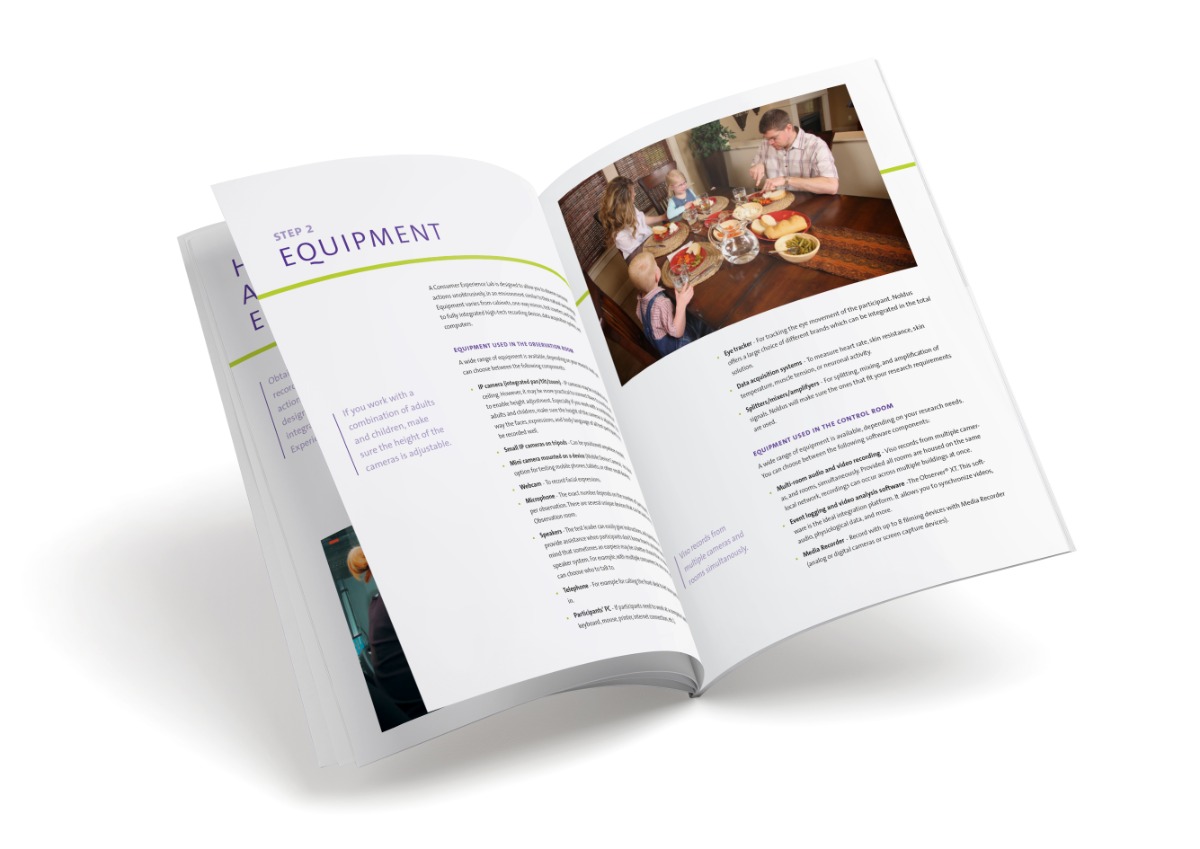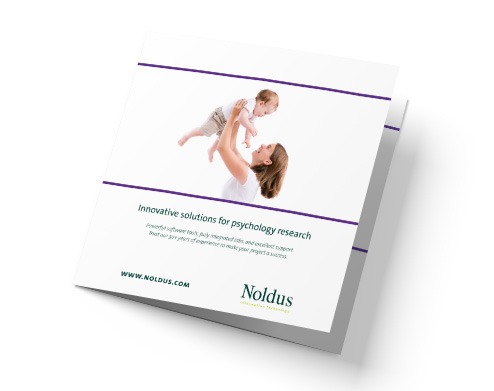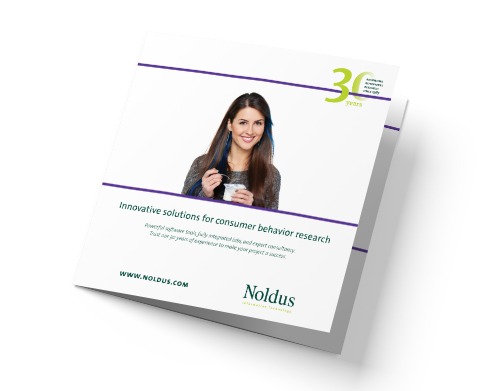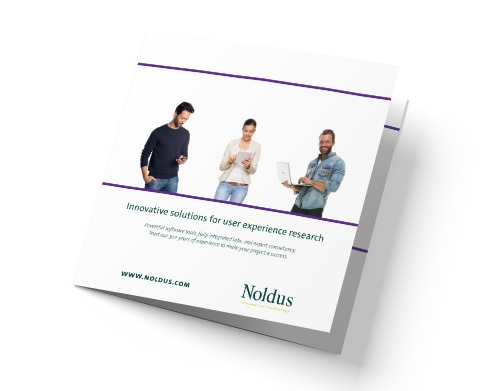The Observer XT
Resources
Download our white papers
Download our product overviews
View our customer success stories and product videos
Agricultural leadership & communication education
Dr. Tiffany Drape, Virginia Tech, USA
Study how people learn in a lab
Prof. Julien Mercier, UQAM, Canada
Immersive Technology Lab
Dr. Atif Waraich, Liverpool John Moores University, UK
Data integration made easy
A powerful tool that organizes all of your data streams in one clear overview
Improve teacher practices
Marie Bocquillon, University of Mons, Belgium
Studying eating behavior
Prof. Kees de Graaf, Wageningen University and Research
References
- Boulton, C.; Levickis, P.; Eadie, T. (2022). Maternal responsive behaviours and child language outcomes in a cohort of mothers and children facing adversity. Early Child Development and Care, https://doi.org/10.1080/03004430.2022.2071872.
- Cents-Boonstra, M., et al. (2021). Patterns of motivating teaching behaviour and student engagement: a microanalytic approach. EJPE. https://doi.org/10.1007/s10212-021-00543-3.
- Fielding-Gebhardt, H.; Brady, N.; Bredin-Oja, S.; Warren, S. (2023). Transactional relationships between maternal requesting and responsivity, adolescent compliance, and task demands in fragile X syndrome. Research in Developmental Disabilities, 134, https://doi.org/10.1016/j.ridd.2022.104417.
- Sandseter, E.B.H., et al. (2021). Associations between Children’s Risky Play and ECEC Outdoor Play Spaces and Materials. IJERPH, 18, 3354. https://doi.org/10.3390/ijerph18073354.
For more references, please check out Google Scholar.
Recent blog posts

Robot-child interactions – helping children with autism learn skills
Human-Computer Interaction research may go a lot further than just evaluating an office worker interacting with a stationary computer or laptop.
Simulation-based training – it’s just like the real thing!
By conducting training sessions, students in a simulation lab develop and maintain knowledge, skills, and competencies such as interviewing skills, working with certain equipment, and teamwork procedures.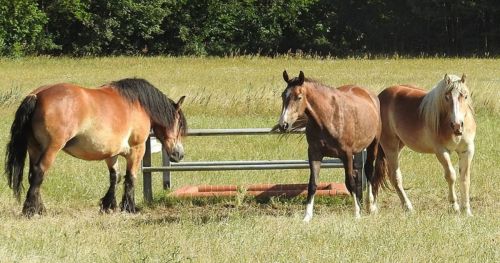
 English
English German
German French
French Italian
Italian Spanish
Spanish Chinese
Chinese
